Home>Gardening & Outdoor>Plant Care & Gardening Tips>How Long Do Mums Bloom
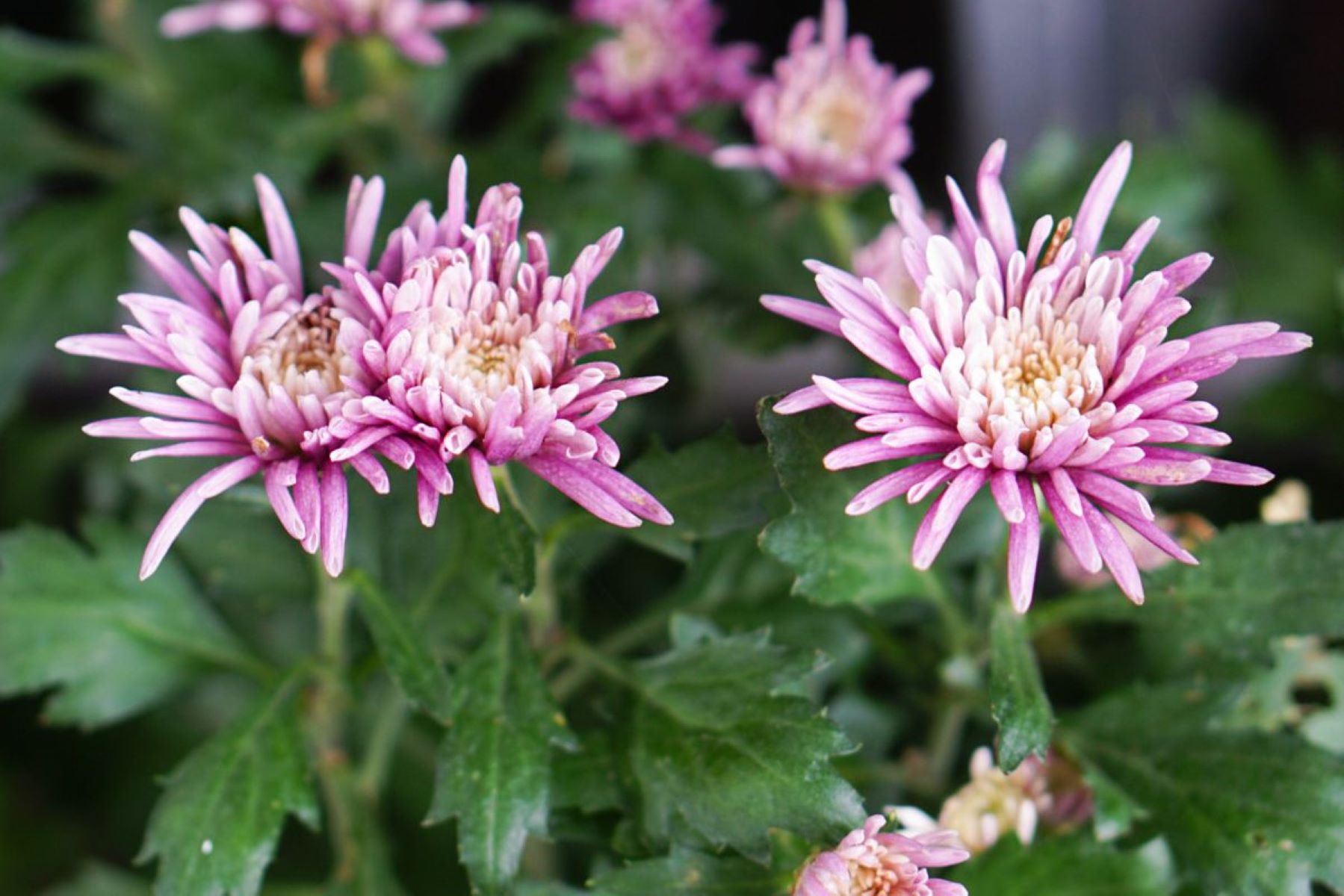

Plant Care & Gardening Tips
How Long Do Mums Bloom
Published: February 16, 2024
Discover expert plant care and gardening tips for mums. Learn how to extend the blooming period and keep your mums thriving all season long.
(Many of the links in this article redirect to a specific reviewed product. Your purchase of these products through affiliate links helps to generate commission for Storables.com, at no extra cost. Learn more)
Introduction
Mums, scientifically known as Chrysanthemums, are renowned for their vibrant and abundant blooms, making them a beloved addition to gardens and floral arrangements. These resilient and versatile plants have captured the hearts of gardening enthusiasts and florists alike, thanks to their stunning array of colors and impressive longevity. Understanding the factors that influence the blooming duration of mums is essential for nurturing these beautiful flowers and maximizing their visual impact in outdoor spaces and indoor settings.
The blooming period of mums is a topic of great interest for gardening enthusiasts and those who appreciate the beauty of these flowers. By delving into the various factors that influence the blooming process, we can gain valuable insights into how to prolong and optimize the blooming duration of mums. Additionally, exploring practical tips for nurturing mums can empower both seasoned gardeners and novices to cultivate these delightful flowers with confidence and success.
As we embark on this exploration of mum blooming, we will uncover the intricate interplay of environmental factors, care practices, and plant genetics that contribute to the duration and intensity of mum blooms. By gaining a deeper understanding of these elements, we can cultivate a profound appreciation for the resilience and natural beauty of mums while learning how to nurture them for prolonged and abundant blooming.
Key Takeaways:
- Mums bloom for several weeks, showcasing vibrant colors and resilience. With proper care, including sunlight, watering, and pruning, their blooming period can be extended for a lasting floral display.
- Factors like light, temperature, and genetic variability influence mum blooming. By nurturing mums with optimal conditions and strategic care, gardeners can prolong their blooming duration and enjoy their enduring beauty.
Read more: How Long Do Bloomed Mums Last
Factors Affecting Mum Blooming
The blooming of mums is influenced by a myriad of factors, each playing a crucial role in determining the duration and vibrancy of the flowers. Understanding these factors is essential for nurturing mums and ensuring their optimal blooming potential. Let's delve into the key elements that impact the blooming process of mums:
-
Light Exposure: Adequate sunlight is vital for the blooming of mums. These plants thrive in full sunlight, typically requiring at least six hours of direct sunlight each day. Insufficient light exposure can lead to stunted growth and limited blooming, affecting the overall visual appeal of the flowers.
-
Temperature: Mums are sensitive to temperature variations, and their blooming patterns are heavily influenced by these changes. Cooler temperatures promote bud formation, while warmer temperatures encourage blooming. Sudden fluctuations in temperature can disrupt the blooming cycle, potentially leading to premature fading of the flowers.
-
Watering and Soil Moisture: Proper watering is essential for the healthy blooming of mums. These plants prefer well-draining soil to prevent waterlogging, which can impede blooming and lead to root rot. Consistent moisture levels in the soil are crucial for sustaining vibrant blooms throughout the blooming period.
-
Nutrient Levels: The availability of essential nutrients, particularly nitrogen, phosphorus, and potassium, directly impacts the blooming capacity of mums. A balanced fertilizer regimen can support robust growth and prolific blooming, ensuring that the plants have the resources they need to produce an abundance of colorful flowers.
-
Pruning and Deadheading: Regular pruning and deadheading play a significant role in prolonging the blooming duration of mums. Removing spent blooms and trimming leggy growth encourages the plant to channel its energy into producing new buds and blooms, thereby extending the blooming period.
-
Genetic Variability: The genetic makeup of mums influences their blooming characteristics, including the duration and intensity of blooms. Different cultivars exhibit varying blooming patterns, with some varieties showcasing early, compact blooms, while others bloom later with a more sprawling growth habit.
-
Pest and Disease Management: Pests and diseases can compromise the blooming potential of mums. Implementing proactive pest control measures and maintaining good plant hygiene are essential for safeguarding the plants against infestations and diseases that can hinder blooming.
By recognizing and addressing these influential factors, gardeners can create an optimal environment for mums to thrive and bloom abundantly. With a holistic approach to nurturing these resilient flowers, it is possible to extend their blooming duration and revel in the breathtaking display of colors that mums are renowned for.
Duration of Mum Blooming
The duration of mum blooming is a captivating spectacle that unfolds over an extended period, showcasing the remarkable resilience and natural beauty of these beloved flowers. Mums, also known as Chrysanthemums, exhibit a blooming duration that can vary based on a multitude of factors, including environmental conditions, care practices, and genetic characteristics. Understanding the typical blooming timeline of mums provides valuable insights into the seasonal display of colors and the potential for extending the blooming period through strategic nurturing.
Mums typically commence their blooming journey in late summer or early autumn, heralding the arrival of the vibrant and diverse floral display that they are renowned for. The initial burst of blooms marks the onset of the blooming season, captivating onlookers with a kaleidoscope of colors ranging from rich reds and golden yellows to delicate pinks and purples. As the blooming season progresses, mums continue to produce an abundance of flowers, adorning gardens, landscapes, and floral arrangements with their enchanting presence.
The duration of mum blooming is influenced by a delicate interplay of environmental factors, including light exposure, temperature fluctuations, and moisture levels. These elements collectively contribute to shaping the blooming period, with mums adapting to the prevailing conditions to sustain their floral showcase. Additionally, the genetic variability of different mum cultivars further enriches the blooming experience, with early-blooming varieties offering a captivating prelude to the blooming season, while late-blooming cultivars extend the floral splendor well into the autumn months.
The blooming duration of mums typically spans several weeks, with some varieties showcasing an extended blooming period that can endure for up to two months under favorable conditions. Throughout this time, the plants continuously produce new buds and blooms, ensuring a sustained visual impact that captivates and delights observers. By nurturing mums with attentive care, including proper watering, balanced fertilization, and proactive pest management, gardeners can optimize the blooming duration, allowing these resilient flowers to flourish and thrive.
As the blooming season draws to a close, mums gracefully conclude their floral display, offering a final flourish of blooms before transitioning into a period of dormancy. This natural progression signals the completion of the blooming cycle, paving the way for the plants to conserve their energy and prepare for the upcoming seasons. While the blooming duration of mums is finite, the memories of their vibrant display linger, leaving a lasting impression that inspires anticipation for the next blooming season.
In essence, the duration of mum blooming is a captivating journey that unfolds with each new bud and bloom, weaving a tapestry of colors and textures that enriches outdoor spaces and indoor settings. By embracing the nuances of the blooming process and nurturing mums with care and appreciation, gardeners can savor the enduring beauty of these remarkable flowers while extending their blooming duration to create a lasting impact.
Mums typically bloom for 6-8 weeks, but this can vary based on the specific variety and growing conditions. Deadheading spent flowers can help prolong the blooming period.
Tips for Prolonging Mum Blooming
Prolonging the blooming duration of mums is a rewarding endeavor that allows gardeners to maximize the visual impact of these vibrant flowers while nurturing their natural resilience. By implementing strategic care practices and leveraging environmental considerations, it is possible to extend the blooming period of mums, creating an enduring showcase of colors and textures. Here are essential tips for prolonging mum blooming:
-
Optimal Light Exposure: Position mums in locations that receive ample sunlight, ensuring they benefit from at least six hours of direct sunlight each day. Adequate light exposure promotes robust blooming and vibrant flower development, contributing to a prolonged and abundant floral display.
-
Consistent Watering: Maintain consistent soil moisture by watering mums regularly, ensuring that the soil remains evenly moist without becoming waterlogged. Proper hydration supports healthy blooming and prevents stress-induced flower wilting, enhancing the longevity of the blooming period.
-
Balanced Fertilization: Apply a balanced fertilizer specifically formulated for flowering plants to provide mums with essential nutrients for sustained blooming. A phosphorus-rich fertilizer can bolster flower production, prolonging the blooming duration and enhancing the overall floral abundance.
-
Pruning and Deadheading: Regularly remove spent blooms and trim leggy growth to encourage continuous blooming. Pruning redirects the plant's energy towards producing new buds and blooms, extending the blooming period and promoting a tidy, vibrant floral showcase.
-
Temperature Management: Shield mums from extreme temperature fluctuations and protect them from frost to safeguard the blooming process. Consistent temperatures support uninterrupted blooming, allowing the flowers to thrive and endure throughout the blooming season.
-
Pest and Disease Vigilance: Monitor mums for signs of pests and diseases, implementing proactive measures to prevent infestations and infections. By maintaining good plant hygiene and promptly addressing any issues, gardeners can safeguard the blooming potential of mums, ensuring a sustained and healthy floral display.
-
Mulching: Apply a layer of organic mulch around mums to conserve soil moisture, regulate soil temperature, and deter weed growth. Mulching supports optimal growing conditions, contributing to prolonged blooming and the overall well-being of the plants.
By incorporating these tips into the care regimen for mums, gardeners can nurture these resilient flowers to achieve a prolonged and vibrant blooming period. With attentive and strategic care, mums can thrive and continue to enchant with their captivating blooms, creating a lasting impression that celebrates the enduring beauty of nature.
Conclusion
In conclusion, the blooming duration of mums, or Chrysanthemums, is a captivating journey that unfolds with a symphony of colors and textures, enriching outdoor spaces and indoor settings. The interplay of environmental factors, care practices, and genetic variability shapes the blooming process, influencing the duration and intensity of the floral showcase. By understanding the influential factors and implementing strategic care practices, gardeners can prolong the blooming period of mums, creating an enduring display of natural beauty.
Throughout the blooming season, mums captivate with their vibrant array of colors, showcasing the resilience and natural elegance that define these beloved flowers. From the initial burst of blooms heralding the onset of the blooming season to the sustained floral showcase that unfolds over several weeks, mums offer a visual spectacle that inspires awe and appreciation. The genetic diversity of different mum cultivars further enriches the blooming experience, with each variety contributing its unique charm to the seasonal display.
By nurturing mums with optimal light exposure, consistent watering, balanced fertilization, and proactive pest management, gardeners can create an environment that supports prolonged blooming and abundant flower production. Additionally, strategic practices such as pruning, deadheading, and mulching contribute to sustaining the blooming duration, allowing mums to thrive and enchant with their enduring floral display.
As the blooming season draws to a close, mums gracefully conclude their floral showcase, leaving a lasting impression that lingers in the memories of admirers. The natural progression from blooming to dormancy signifies the cyclical nature of the plants' growth, paving the way for anticipation of the next blooming season.
In essence, the blooming duration of mums embodies the timeless beauty of nature, inviting observers to immerse themselves in the captivating journey of floral abundance. By embracing the nuances of the blooming process and nurturing mums with care and appreciation, gardeners can extend the blooming period, creating a lasting impact that celebrates the enduring beauty of these remarkable flowers.
Frequently Asked Questions about How Long Do Mums Bloom
Was this page helpful?
At Storables.com, we guarantee accurate and reliable information. Our content, validated by Expert Board Contributors, is crafted following stringent Editorial Policies. We're committed to providing you with well-researched, expert-backed insights for all your informational needs.
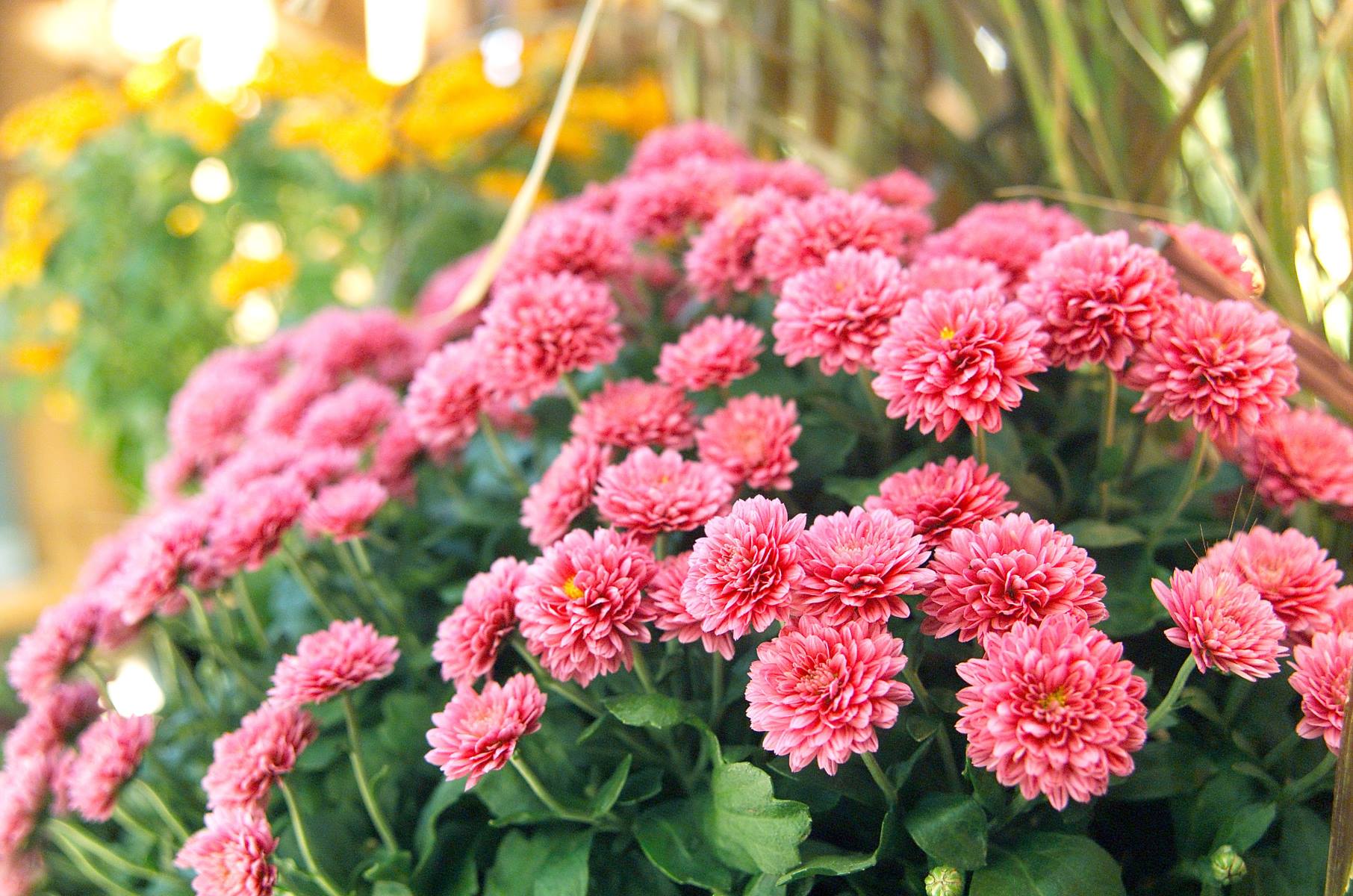
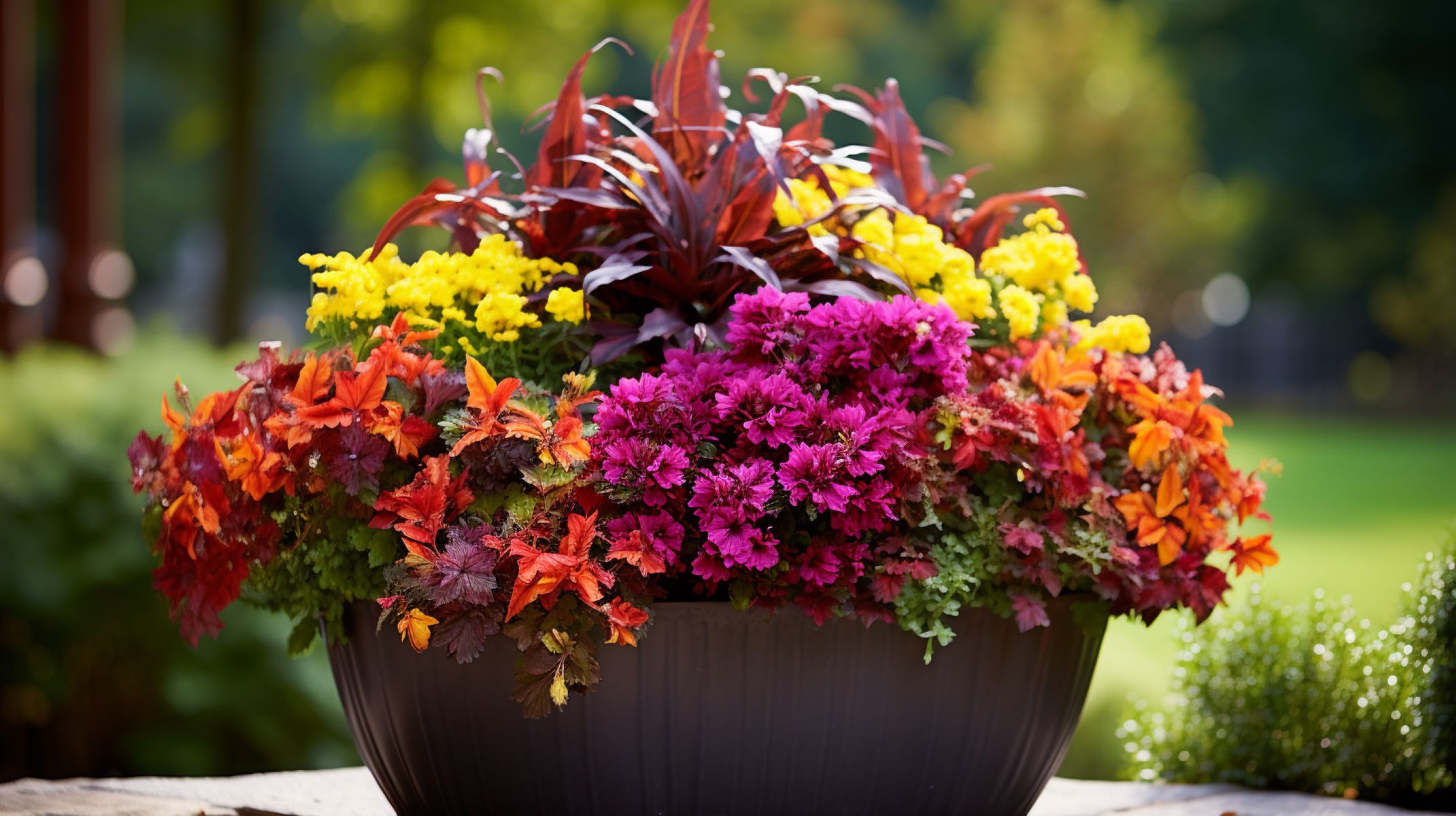
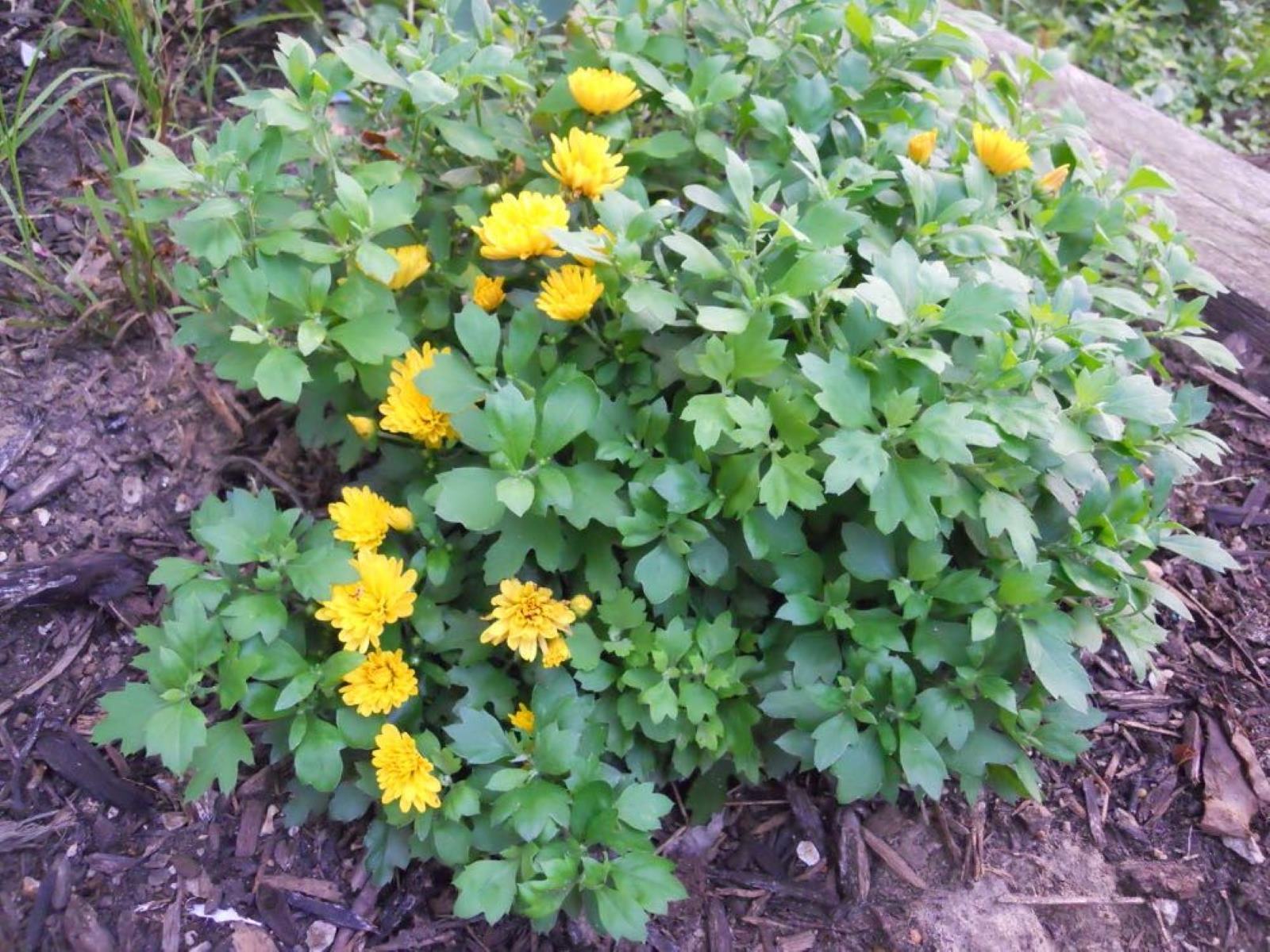
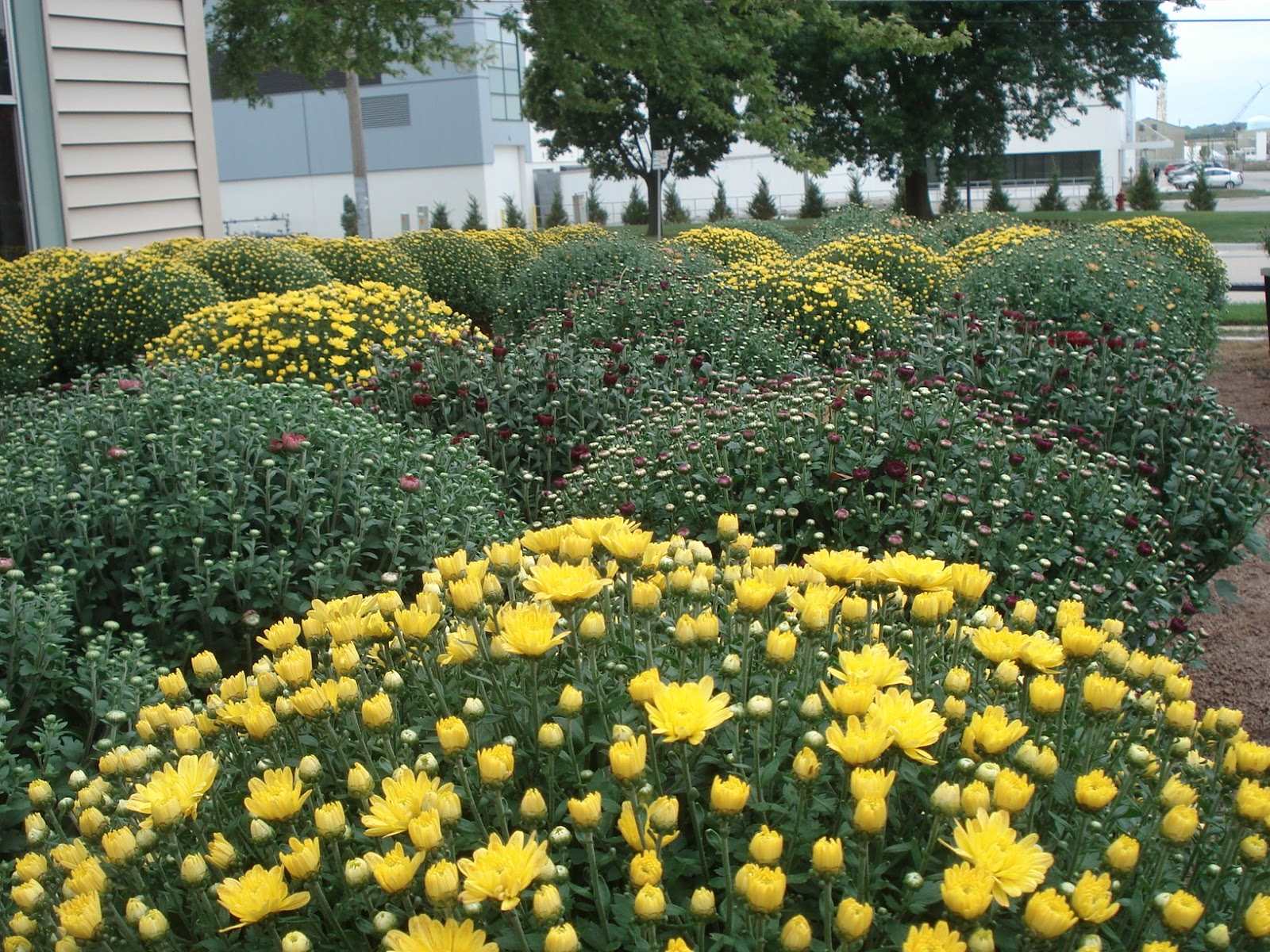
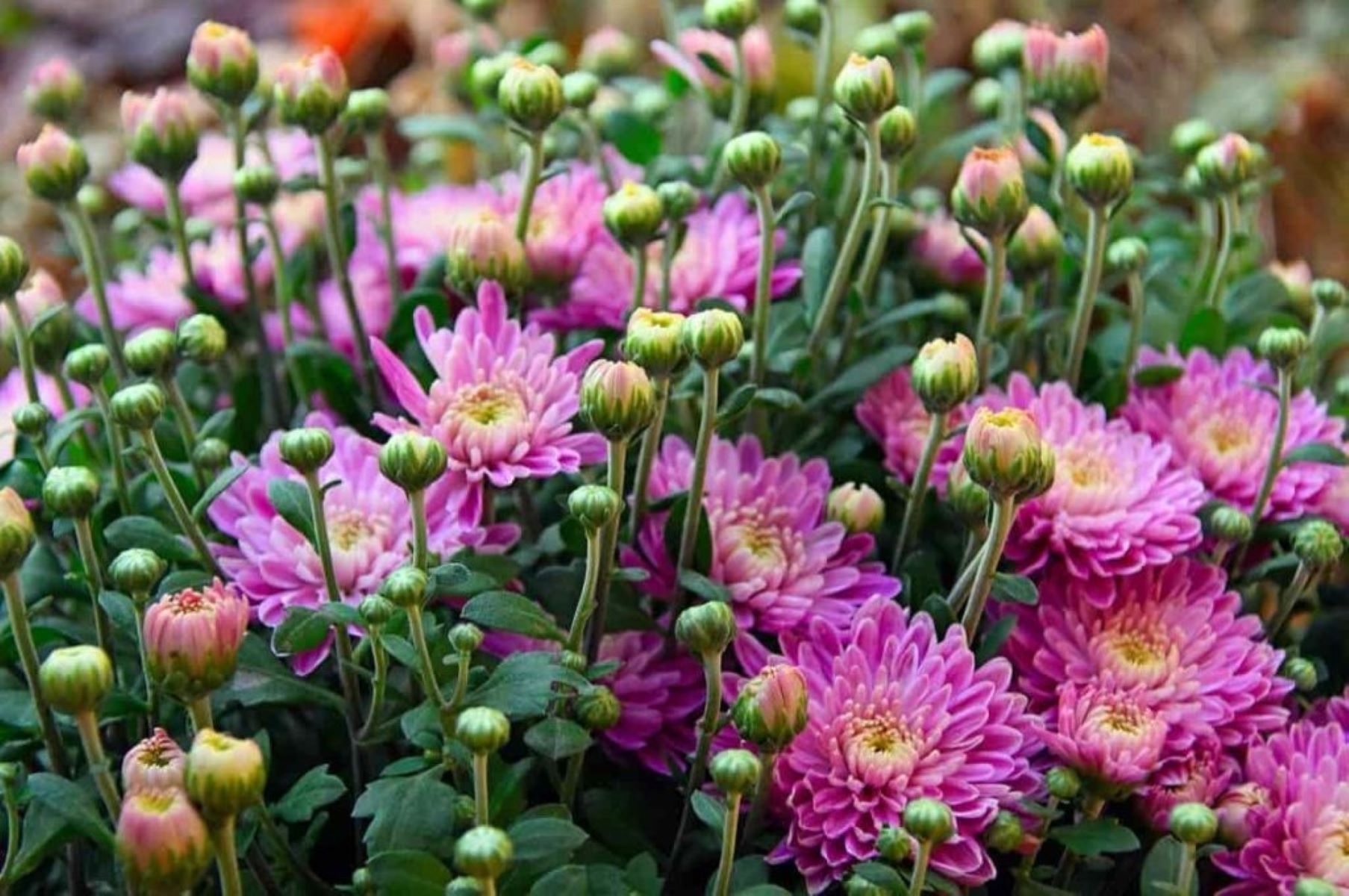

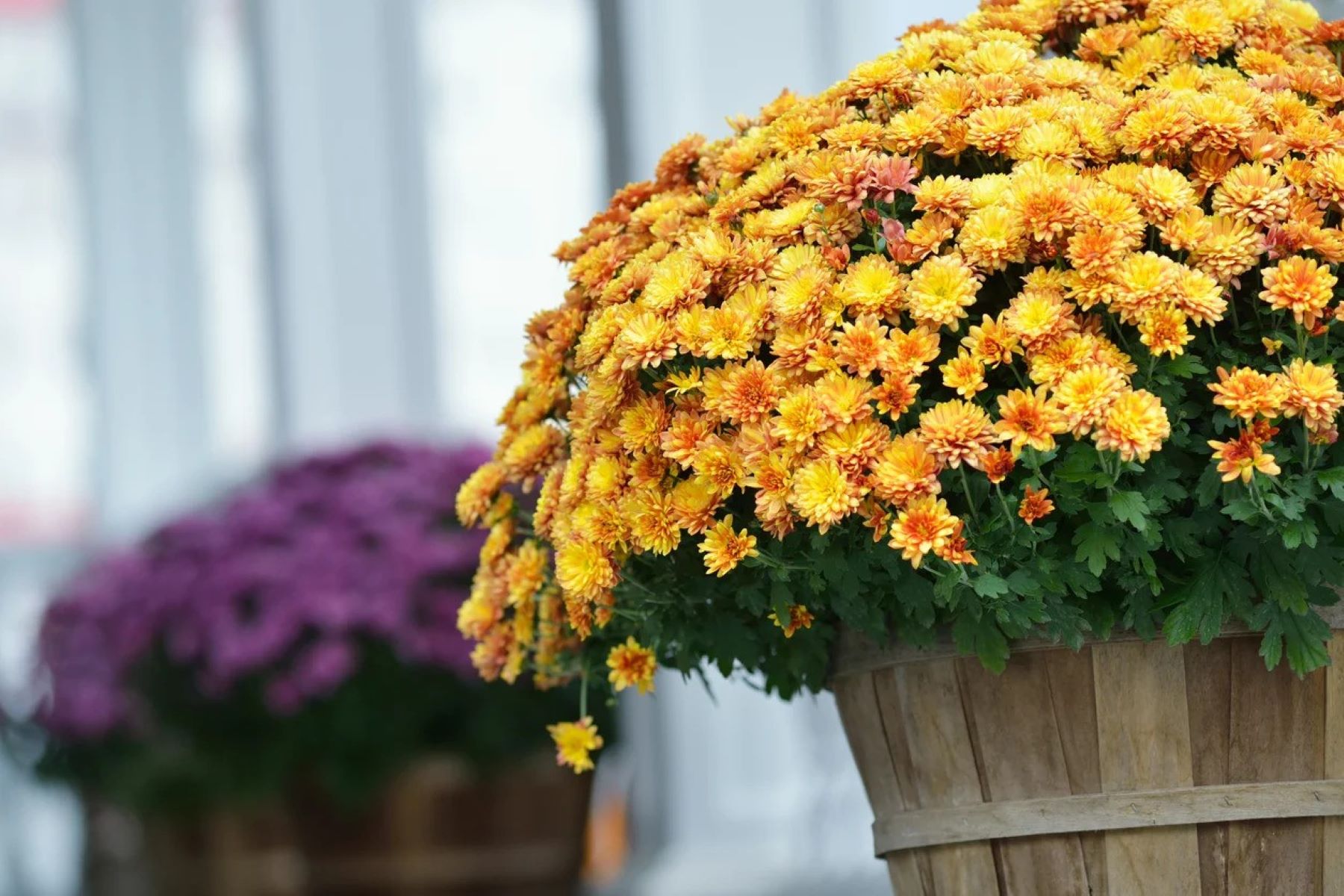
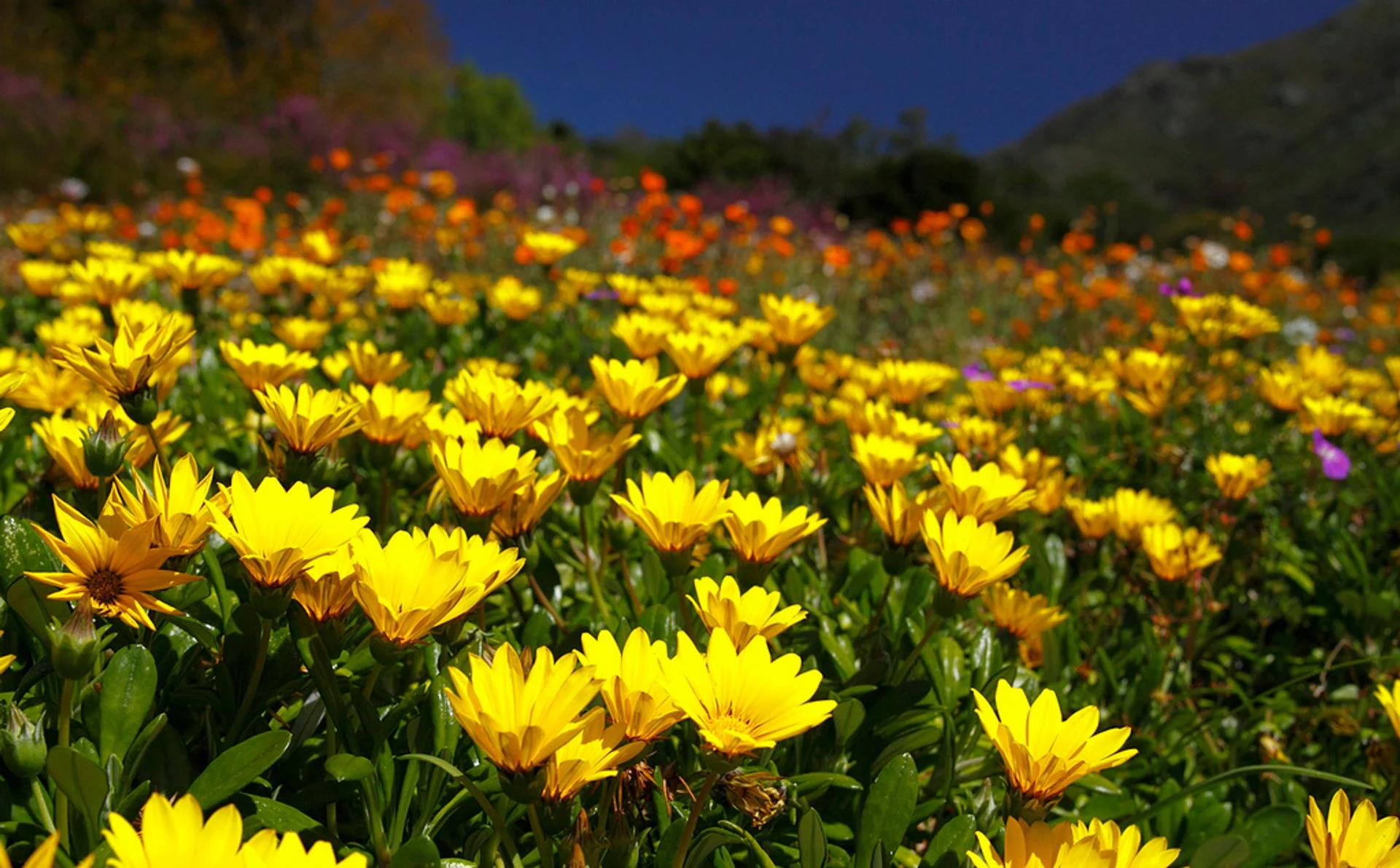
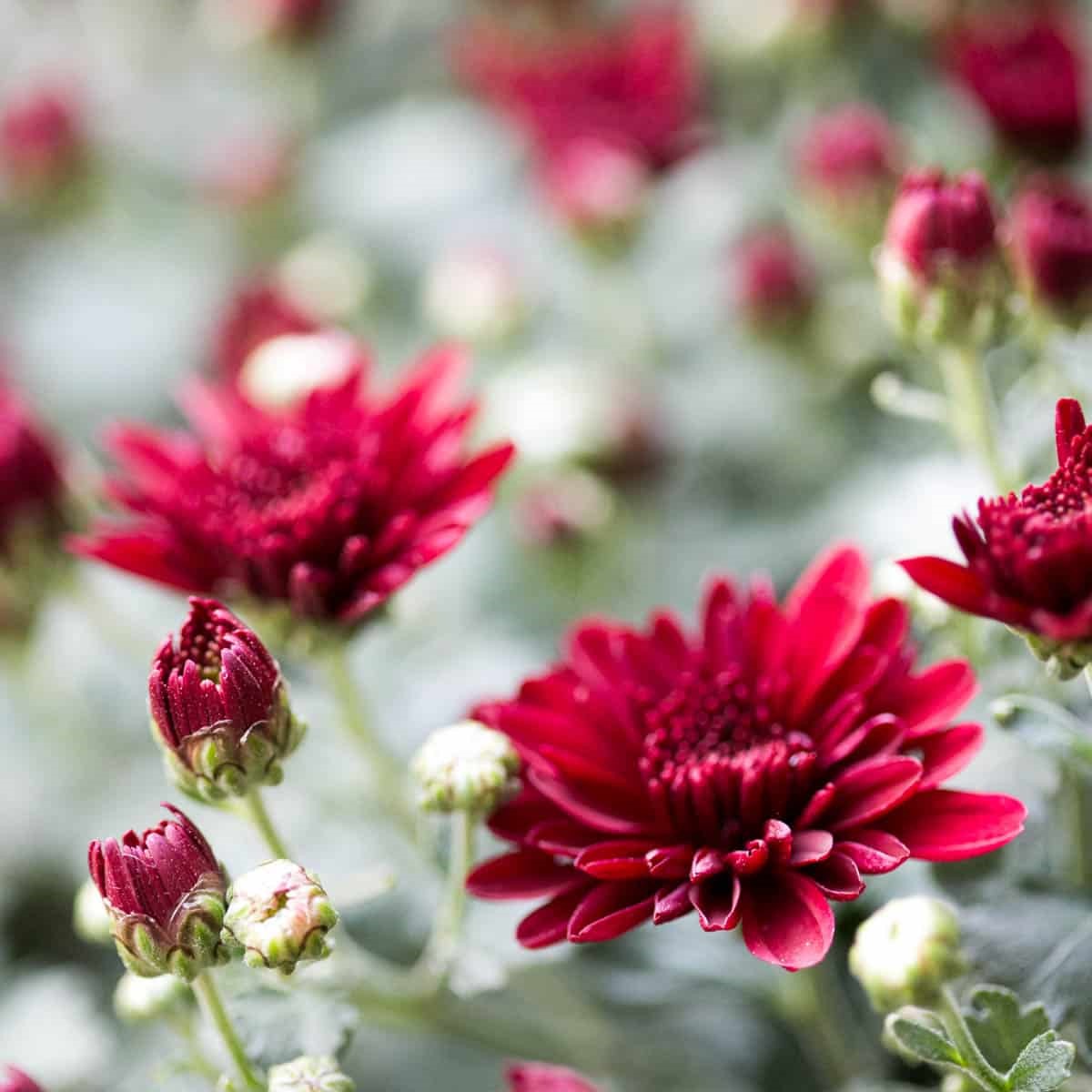
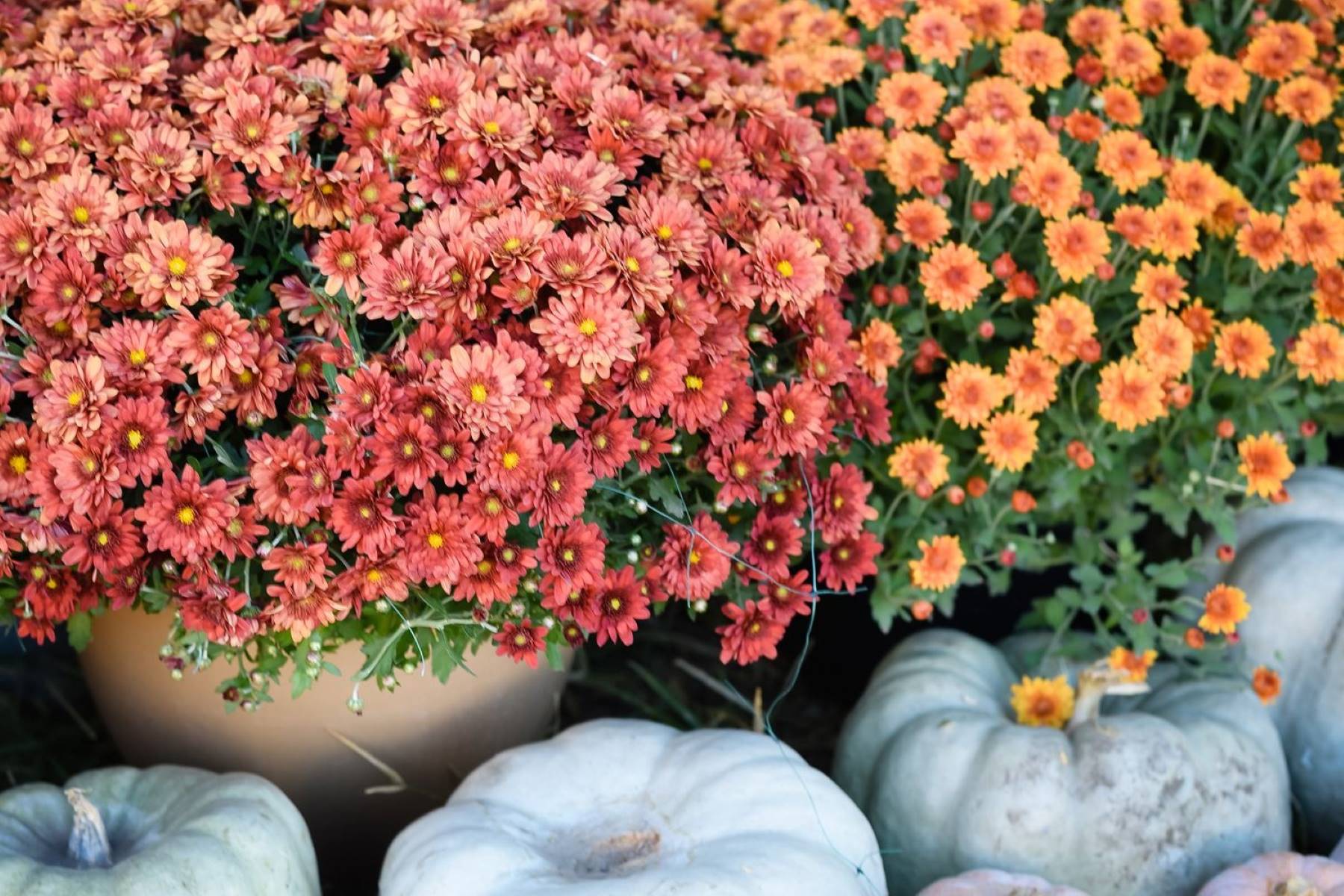
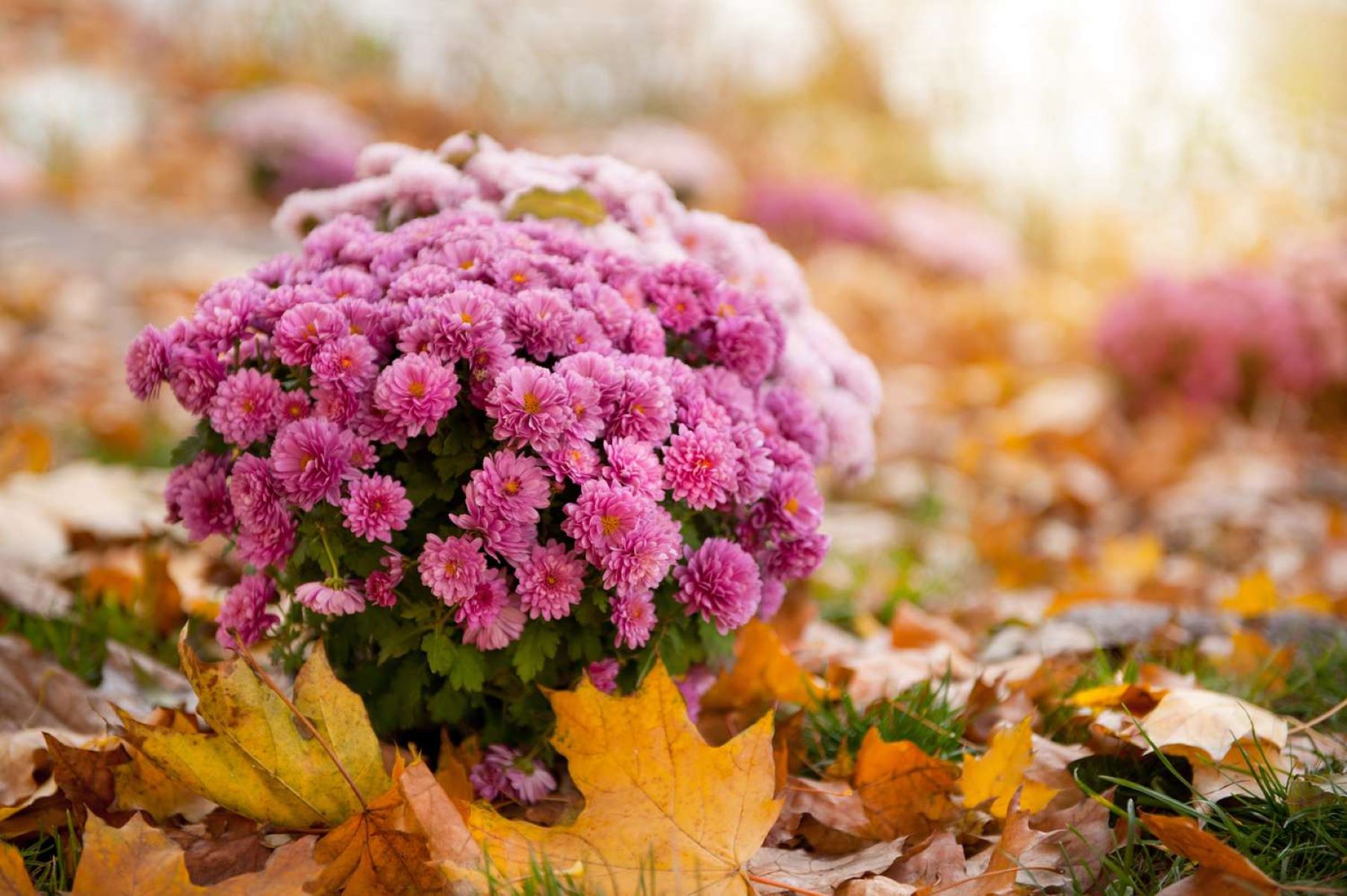
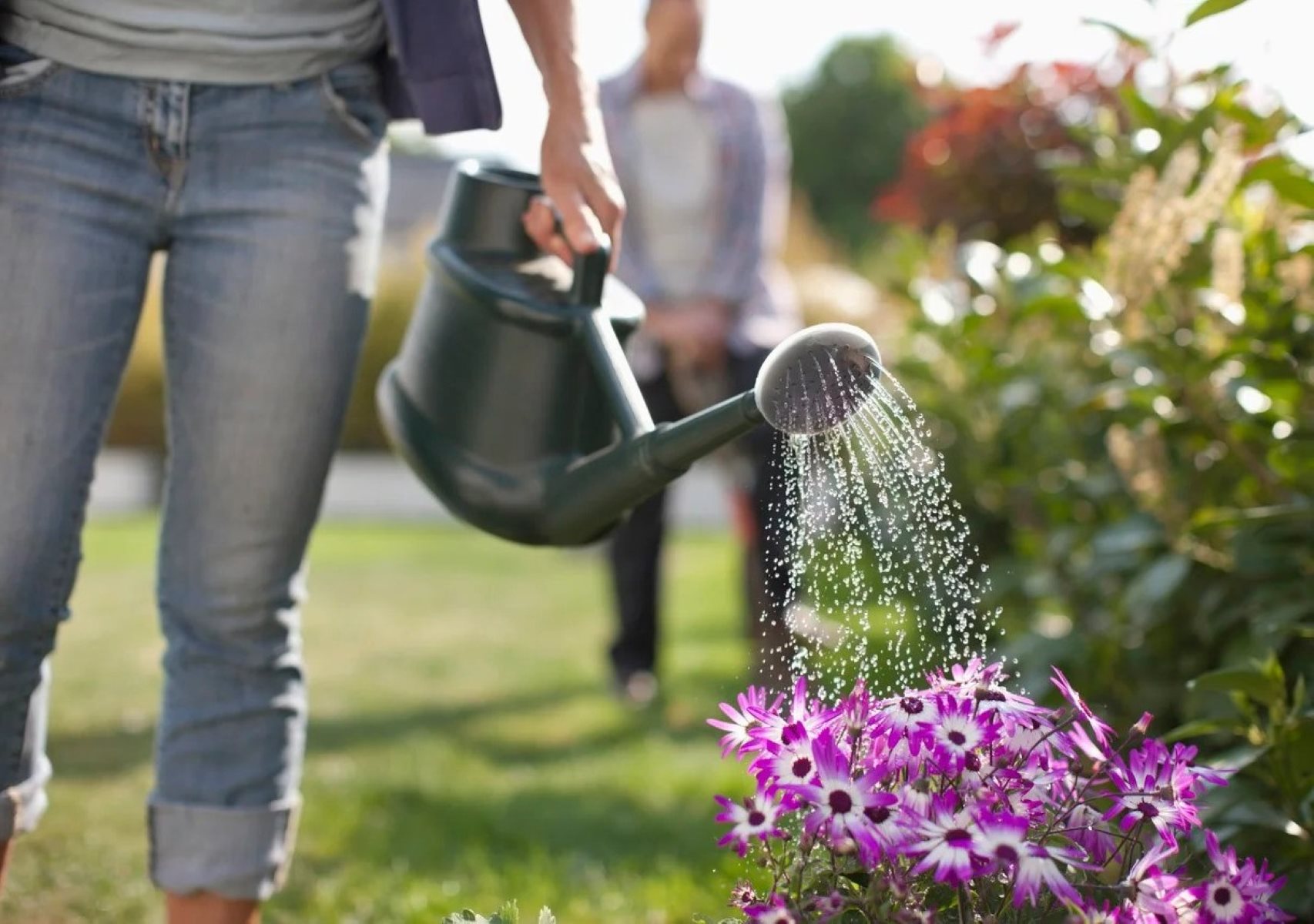
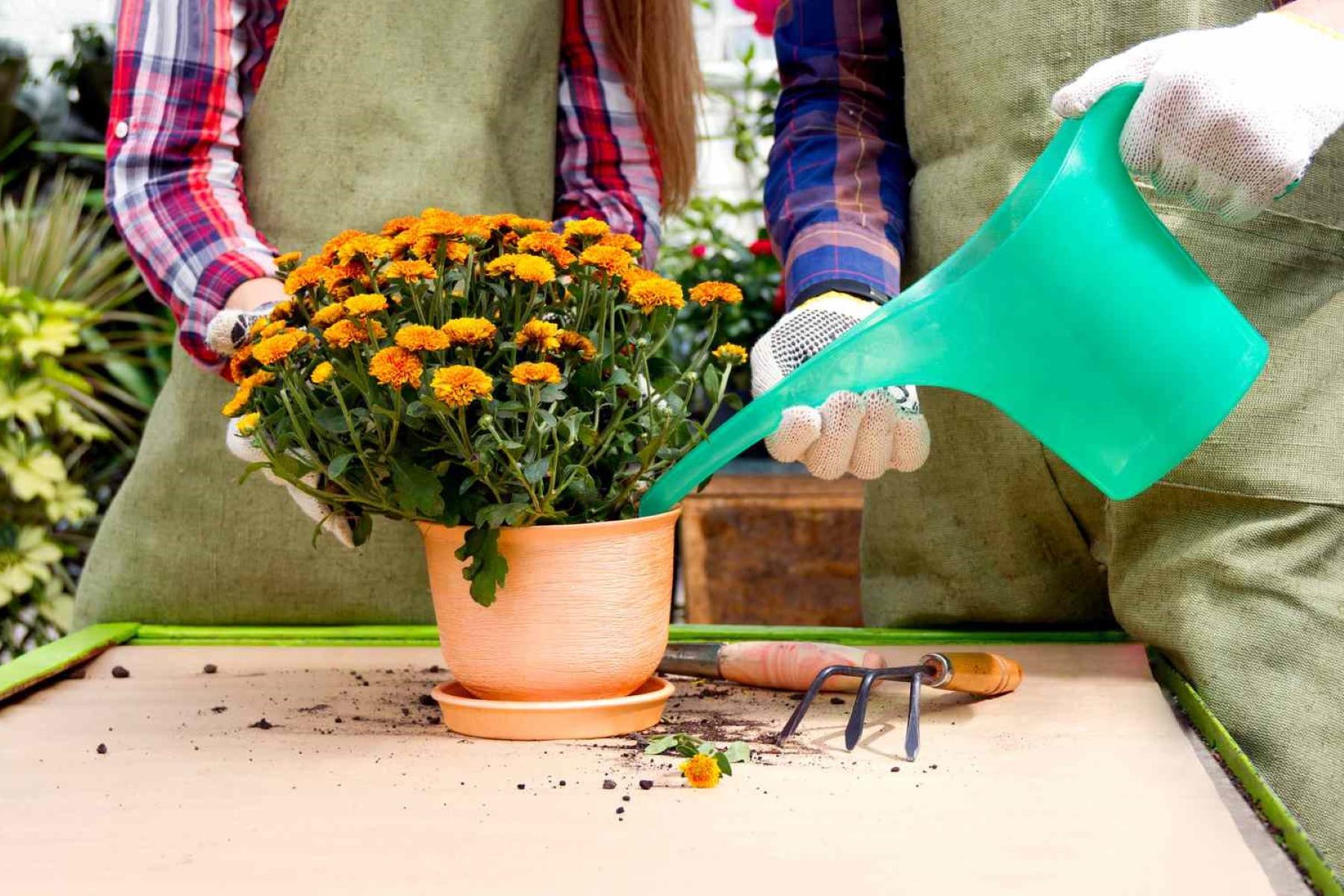
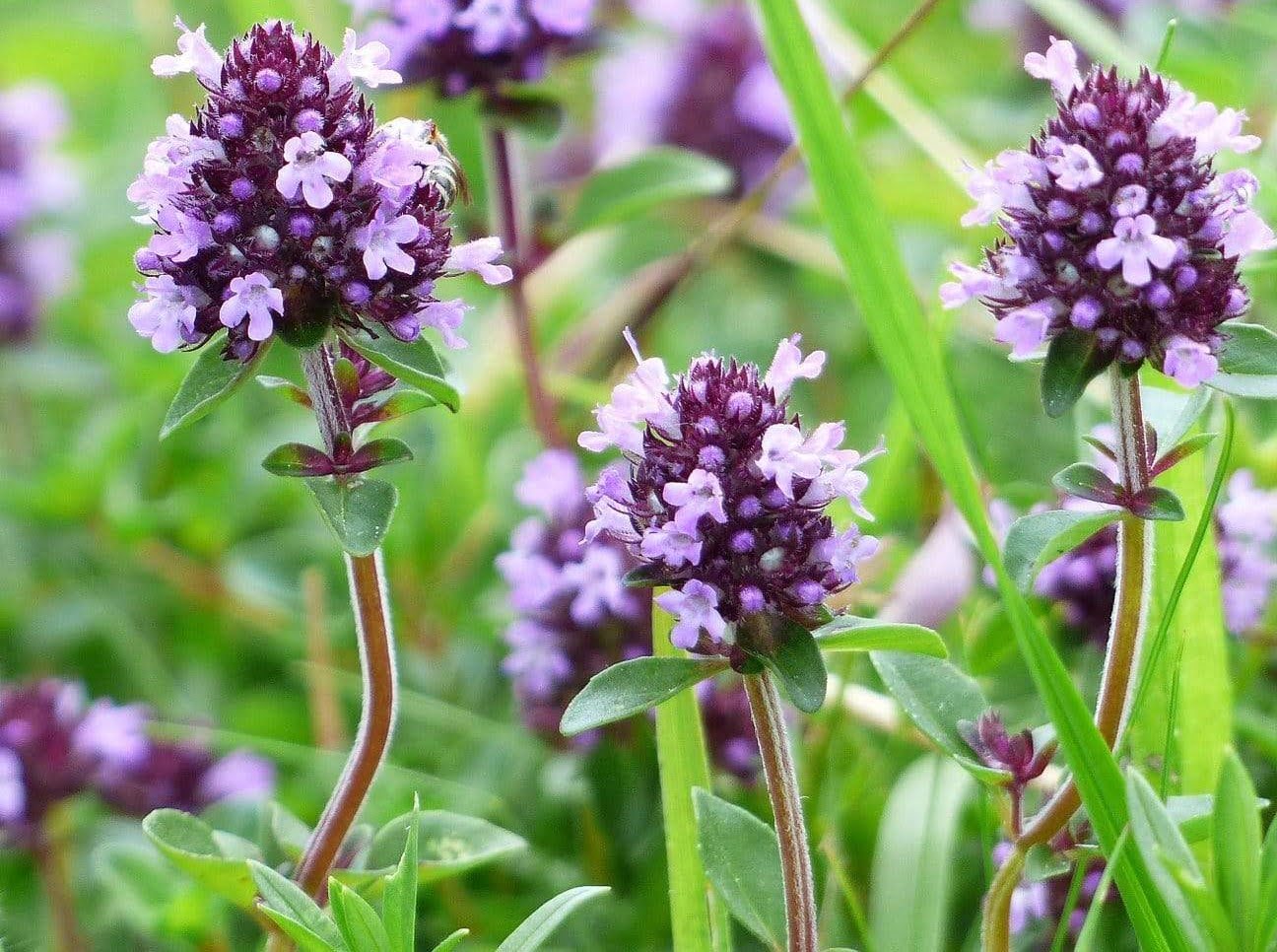
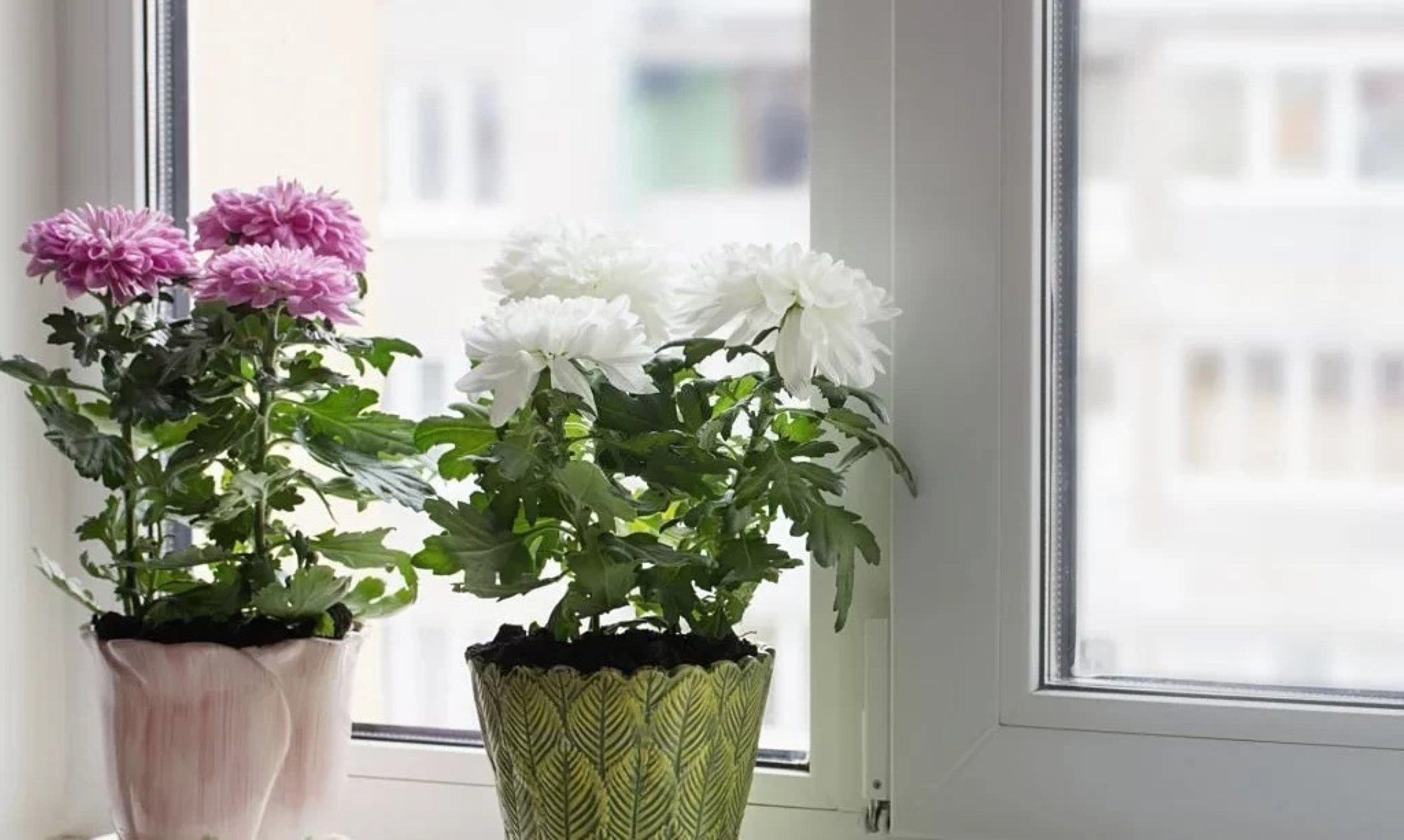

0 thoughts on “How Long Do Mums Bloom”